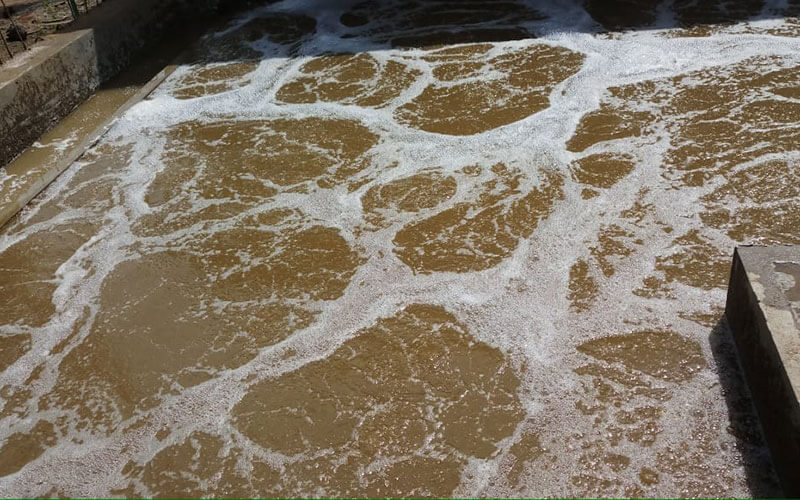Pharmaceutical Formulation Unit

Overview
The pharma formulation unit was suffering from limited or low MLSS development in aeration tank.It is an activated sludge process (ASP) with two stage aeration ststem in series. This ETP faced effluent fluctuation frequently and subsequently upsets in biological process due to lower MLSS in the system. COD characteristics in the effluent varies from 900ppm-4500ppm. First stage aeration tank was under septic condition before start up of the treatment.
Bioremediation Treatment
TECHNOZYME E is specially formulated blend of robust bacteria for use in degrading organic compounds. It is excellent for use in Industrial Wastewater applications due to the diversity of microorganisms incorporated in this product, including facultative anaerobes. The safe naturally occuring bacteria are present in high numbers in the product to handle difficult industrial wastewarter problems.
Objective of TECHNOZYME bioremediation Treatment
- Increase in biomass concentraion
- Maintain MLSS concentraion sustainable to fluctuating load
Treatment Process
TECHNOZYME E is activated with diluted effluent is then dosed in aeration tanks.
Dosing: @10ppm for first 7 days then @5ppm twice a weekly for next two months.
Results after Bioremediation Treatment
- Biomass development increased from 100 ml to 320 ml (SV 30 value)
- MLSS concentraion increased from 900ppm to 3500ppm within 1st month of treatment & finally maintained around 3500ppm for stage-1 aeration tank and 2800ppm for stage -2 aeration tank.
- Dark brown biomass iis developed.
Achievement
TECHNOZYME E product increased biomass concentraion in the Pharmaceutical formulation unit ETP, which has highly fluctuating effluent characteristics. Benefits of this treatment are-
- Resistance against fluctuation in effluent characteristics.
- Improvement in biomass settling which in turn enhances tertiary treatment efficiency.
- Recover the system from its septic condition.
